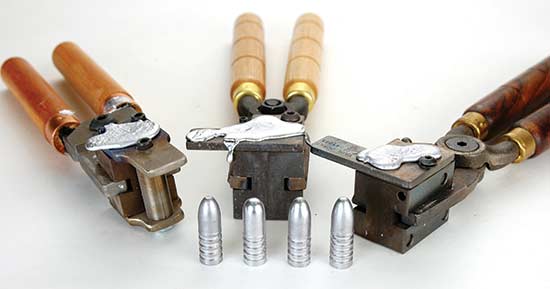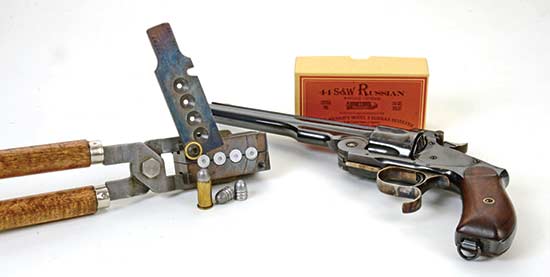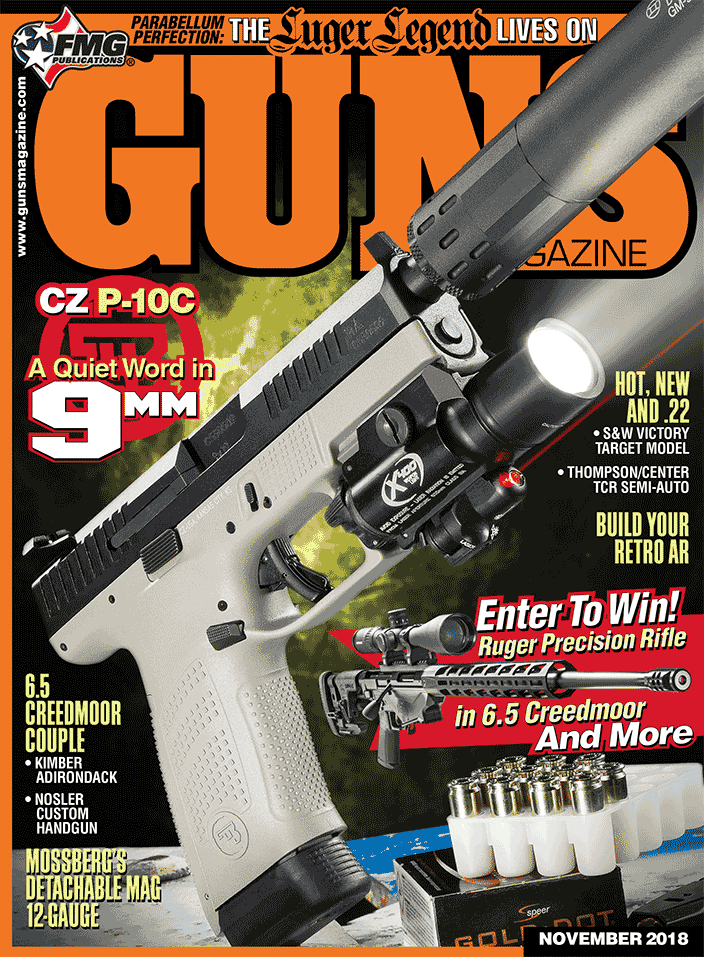Casting Call
Want Custom Bullets? Go To Custom Mold Makers
Reloading tool companies like Lyman, Redding/SAECO, RCBS and Lee do a fine job of supplying quality bullet molds. That’s if you stick more or less to the beaten path. This isn’t a criticism — those big outfits make molds retail stores are likely to keep in stock.
But what about us oddballs who like to delve into cartridges of long ago? Or shoot a game in which cast bullets only are allowed and want to experiment with our own designs? Our salvation is the custom mold maker.
Then And Now
Only a few decades back about the only fellows making molds were servicing Schuetzen competitors. Their game was precision oriented and allowed only cast bullets. Schuetzen shooters generally fired at paper targets 200 yards distant and used rifle calibers between .32 and .38. It’d be a safe bet 99.9 percent of their molds were single-cavity for moderate weight, plain-base bullets.
Nowadays there are custom mold makers offering molds from .22 up and for rifles and handguns — both plain-base and gas-check designs. They can be for solid or hollowpoint or hollowbase, with and without grease grooves, or combinations of all those features. Some makers will cut multiple cavity molds and even ones where each cavity is different.
The following examples will only be from custom mold makers I’ve used personally. There are many more in business with whom I’ve had no experience. Some years back I wanted a 4-cavity mold for an old Lyman design of a 200-gr. RN with 0.430″ diameter.
Dave Farmer of Hoch Moulds whipped one out for me that shoots perfectly in my Navy Arms Model No. 3 .44 Russian (and any .44 Special). When I happened on a .351 Winchester Model 1907 I turned to Accurate Molds for a 0.351″ 180-gr. RN, but cut to take .38/.357 gas checks. It shot accurately and functioned perfectly from that old semi-auto.
Feeding A BPCR Addiction
As an avid competitor in Black Powder Cartridge Rifle (BPCR) Silhouette, I’ve ordered dozens of custom bullet molds from various makers. In BPCR, the metal targets are at 200, 300, 385 and 500 meters. Rifles must be exposed-hammer single shots using only lead alloy bullets without gas checks over black powder. It’s a demanding, accuracy-oriented game. But a fun one.
After years of experimenting for BPCR loads, I’ve settled on extra-heavy .45 bullets for my ever-changing array of single-shot rifles. On hand now I have a 550-gr. Hoch mold that’s roundnose with a small flat (because it’s a nose pour), a 555-gr. Creedmoor Style bullet with five grease grooves from my long-time friend and two-time BPCR Silhouette champion, Steve Brooks. I’ve also got a 565-gr. bullet mold with “Government” RN from Buffalo Arms. In fact, I’ve had — and still have — a number of molds from all three of those makers that were my former brainstorms for BPCR competition.
The mass-production method of cutting a mold is to have a “cherry” — which is the diameter and shape of the bullet design. Then the two pre-cut halves of the mold blocks are pressed against it as it’s spinning. Lathe-bored molds used to be one-on-one affairs, usually done by experienced gunsmiths.
Cherry-cut molds give the same bullet dimensions, although they can change slightly as the cherry wears. Lathe-bored molds are made individually. In the past the consistency from mold to mold was only as good as the man operating the machines. Now that we are well into the computer era, CNC machines can be programed to cut the same design over and over again.
Bullet molds can be made of iron, aluminum and brass. I’ve tried all three and settled on iron for mine. For BPCR competition I favor single-cavity molds but get beat regularly by people who use multiple-cavity ones of brass or aluminum. There’s only one word of warning I can give beyond the inherent dangers of dealing with molten lead alloys.
That’s “Beware: Dreaming Up Custom Molds Can Become Addictive!”
www.accuratemolds.com
www.buffaloarms.com
www.hochmoulds.com
vwww.brooksmoulds.com








